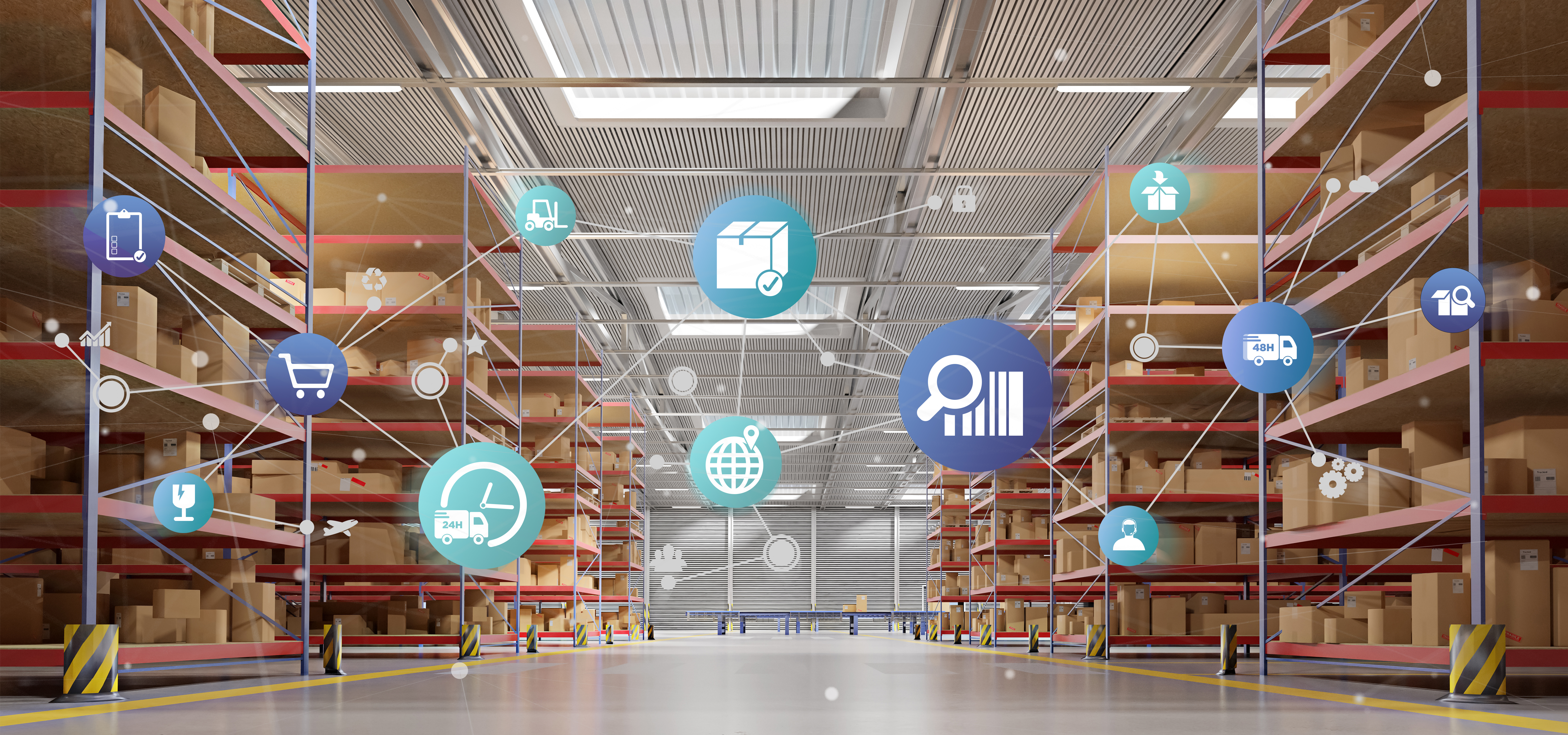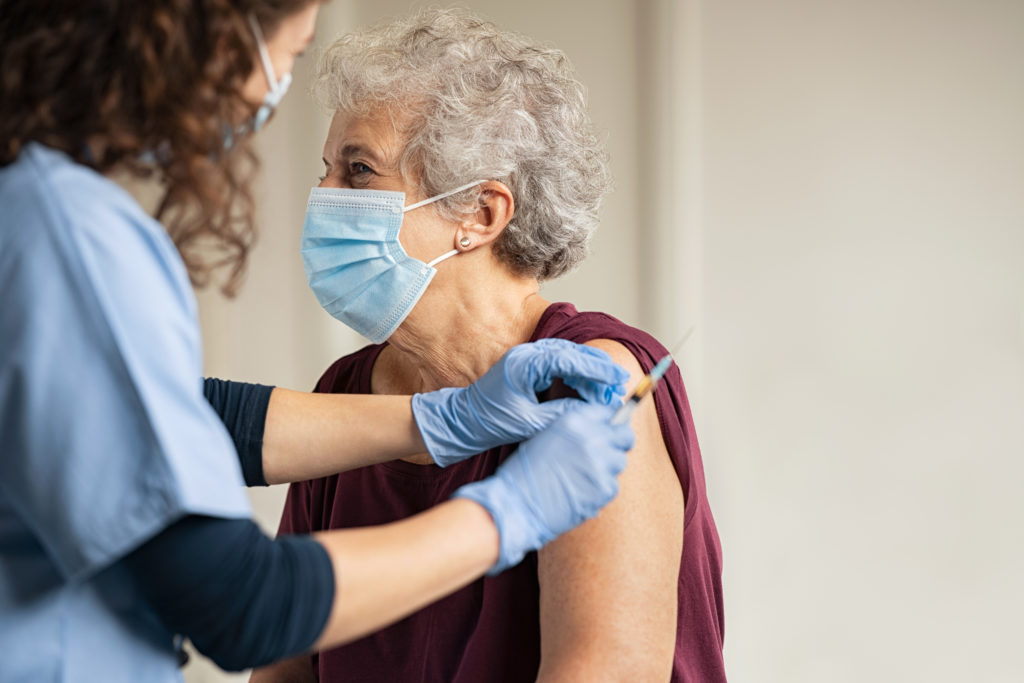
Food transportation industry leaders are collaborating in efforts to learn from their experiences during the era of the coronavirus pandemic and its effects on the sector and the country as a whole.
Now, these groups have formed their own formal working group aiming to address food supply chain difficulties that have arisen during this time. The group members discuss issues and potential solutions that will prevent any further disruptions of this kind.
“What I found during the different conversations with each sector was they were all doing something, but it was segmented within their own sector,” said Agricultural and Food Transporters Conference executive director, Jon Samson. “There weren’t a lot of conversations, and there were gaps within that food supply chain. The goal of the group was to share information.”
The Conference is part of the American Trucking Associations and was the source of the beginning of the working group.
At the start of the pandemic and the stay-at-home orders that came with it, food waste became a major focus of the working group as many food and beverages, like milk and beans, were being dumped.
“I reached out to a handful of folks within the supply chain, like the dairy side and livestock side, then also food production, food manufacturing, and food shipping,” Samson continued. “That smaller group turned into a larger group pretty quickly.”
The working group “started as a response to the perishables problem, when there was a visible oversupply of certain commodities bound for food service,” said FMI senior director of supply chain and sustainability, Marjorie DePuy.
She also explained that the Food Industry Association had begun working on forming links between retail groups and food service distributors in order to make communication easier and solve any supply shortages. This helped to create member forums for participants to further discuss solutions.
“It was helpful to share information with others on the calls so we could be aware of the situation in various sectors of the industry and learn about resources where they existed,” said DePuy.
When the working group was able to connect producers, trucking industry members, the government, and food-distributing charities, the U.S. Department of Agriculture and the Federal Emergency Management Agency began to find ways to get involved and help food be hauled to areas in which it was needed most.
“We worked with the USDA on their Farmers to Families Food Box program to get them linked up with people and get them started,” explained Samson. “We worked with FEMA, [which] was working on getting food assistance to needy families.”
Then, many other groups found interest in the working group’s efforts after noticing federal government involvement.
“We participated in the working group calls to get a better understanding of partnership opportunities across the supply chain,” said vice president of packaging and sustainability for the Consumer Brands Association, Meghan Stasz. “Collaboration and information sharing was critical in the early stages of the pandemic, as different organizations and stakeholders worked to find quick solutions to immediate supply chain challenges.”
Soon, the Consumer Brands Association was able to involve blockchain organization Connecting Food, a group that provides supply chain anomaly identification through its digital auditing capabilities. CBA also brought in members of its Food Waste Reduction Alliance to collaborate with the working group.
“The initial step last spring was to just stop the bleeding,” sais Samson. “Longer term, there has been a fair amount of academic and private work that is being done.”
When academic consultant Dan Holladay joined the group’s efforts, he was collaborating on an agriculture industry technology roadmap with the University of California. He is now helping to find methods of lasting supply chain improvements.
“COVID hit, so I backed up and said, ‘We probably need to reorganize this and focus on the biggest crisis area right now,’ and that was the food supply chain disruptions,” Holladay explained. “That’s when I shifted it over to that.”
Now, Holladay is working to gather the information that has been discussed and deemed beneficial for future efficiency efforts.
“It started evolving to where we want to hold a formal workshop,” he said. “The goal is to make it very formal. In fact, we want to make it into a document that U.S. industries and ecosystems are aligned with.”




